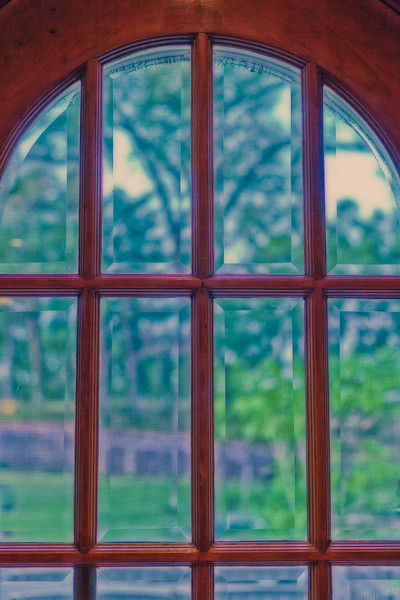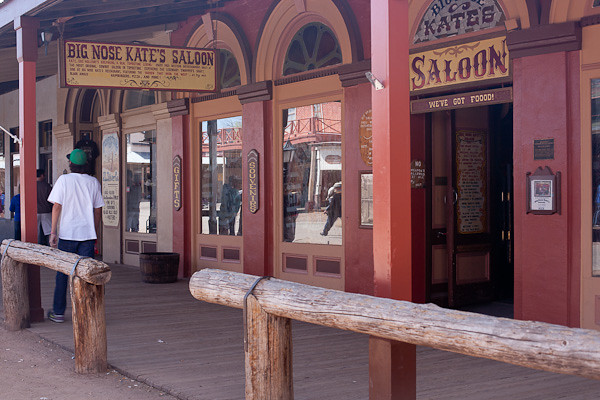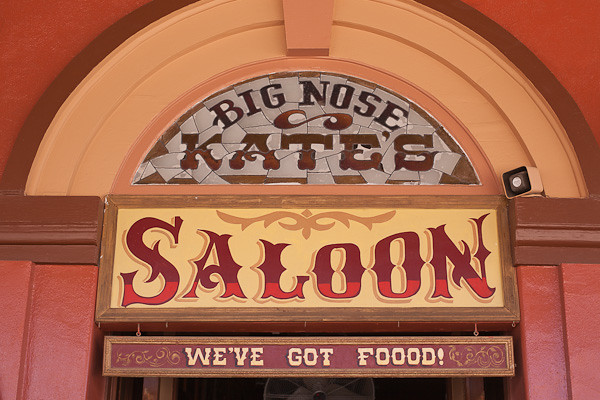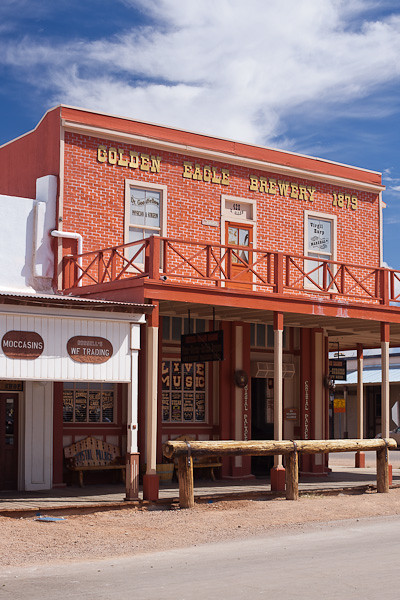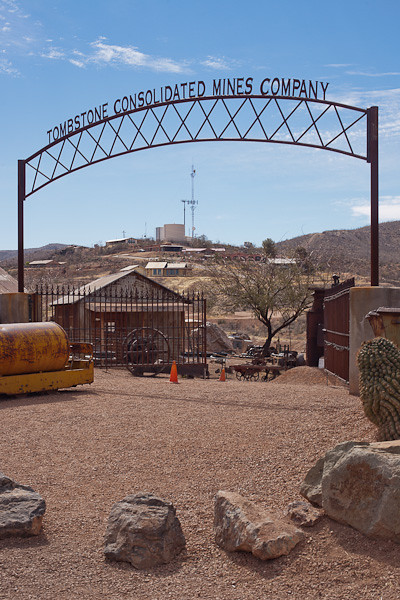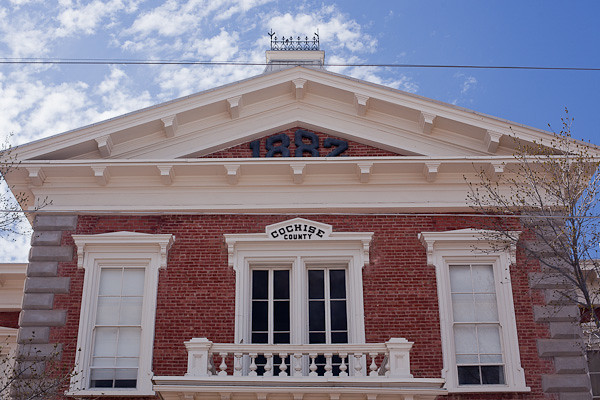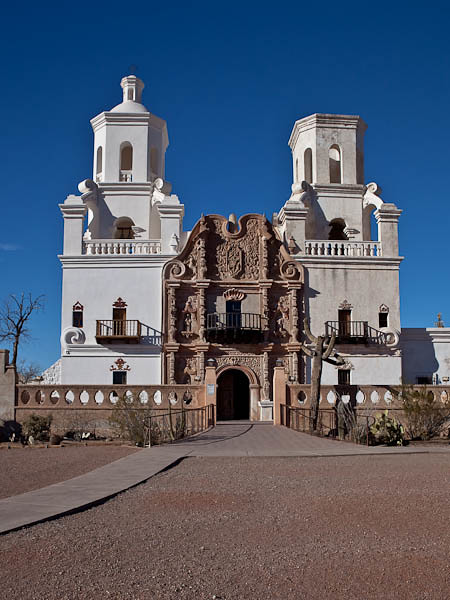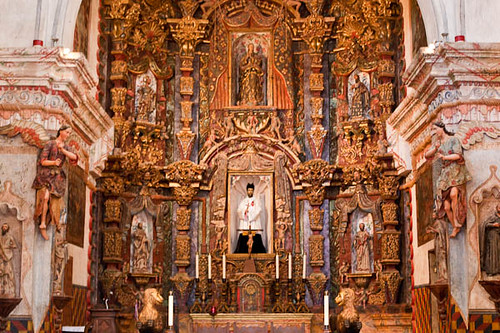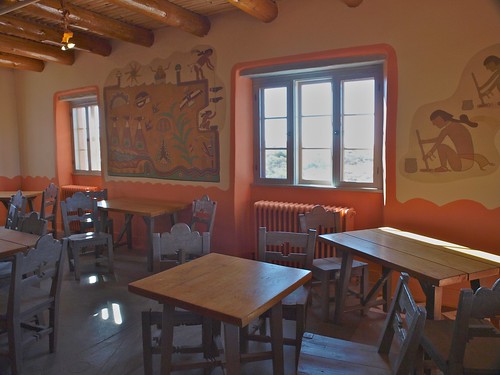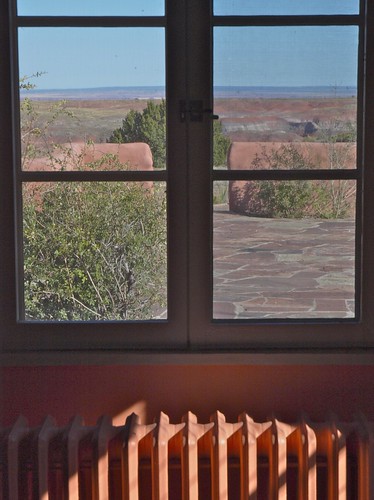
Tramadol Online Legal Lilies in Monet’s Garden © 2012 Bo Mackison
Tramadol 50 Mg Buy It’s on the strength of observation and reflection that one finds a way. So we must dig and delve unceasingly. ~ Claude Monet
Tramadol Online Sale The current exhibit at the New York Botanical Gardens is Monet’s Garden, located in the Enid A. Haupt Conservatory on the grounds, truly a spectacular site for this themed exhibit.
NYBG’s website describes the exhibit as such — “Claude Monet was an avid gardener who once reflected that perhaps flowers were the reason he became a painter. This exhibition explores the legacy of his idyllic garden in Giverny, France, transforming the Enid A. Haupt Conservatory into a floral masterpiece of diverse plants, bold colors, and dramatic design . . . Monet’s most famous subjects, water lilies, many of them the varieties he grew, are featured in the Conservatory Courtyard Pools.”
The Enid A. Haupt Conservatory opened in 1902. This Victorian-style glasshouse is home to A World of Plant which is its permanent exhibit – a series of gardens that takes you on a tour of plants found around the world. After walking through the crowded Monet’s Garden exhibit – yes, our only chance to visit was on a Sunday afternoon! — we also walked through the permanent gardens.
I could have wandered through the many displays for days and days, but I only had a few hours, hours I was grateful for. Such an opportunity to fill the well of my senses – fragrances, textures, colors. Ahhh.
I could not resist the challenge of taking photographs of a few of the lilies that are now in bloom in the courtyard pools. The reflection of the conservatory in the pools added an element of grandeur and a vintage look to the photographs of the water lilies.
The New York Botanical Gardens, including its many historical structures, is a National Historic Landmark.
—————–
Bo Mackison is a photographer and owner of Seeded Earth Studio LLC. She spent a glorious afternoon visiting and photographing the New York Botanical Gardens, and highly recommends a garden visit if you are in the New York area.
